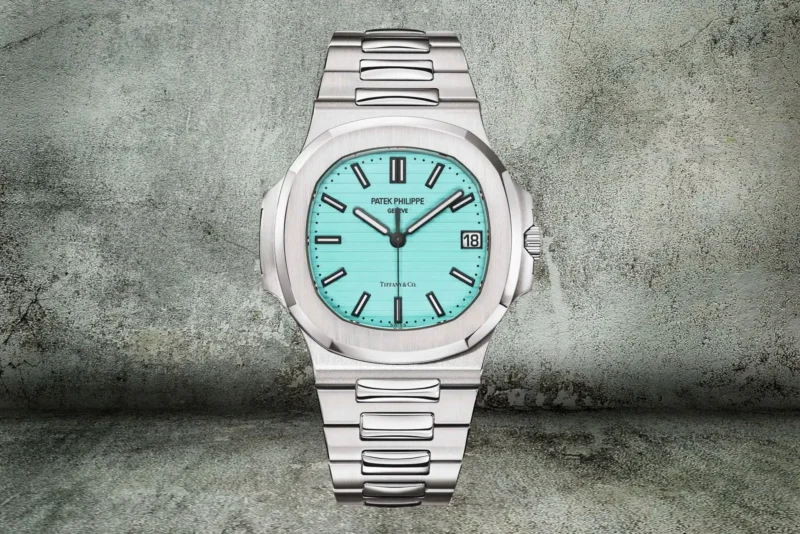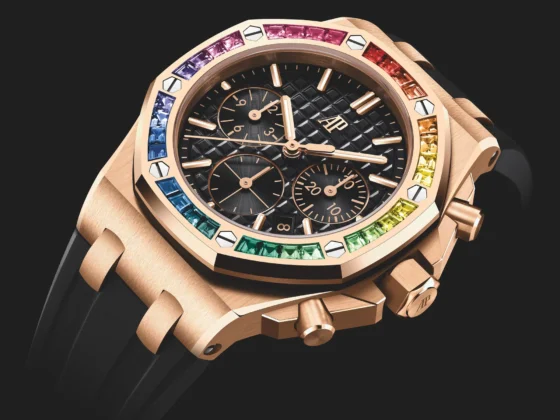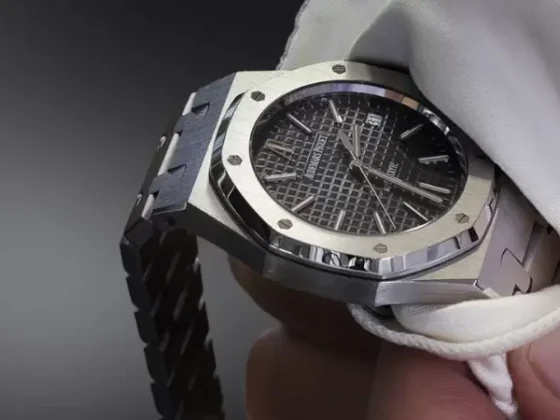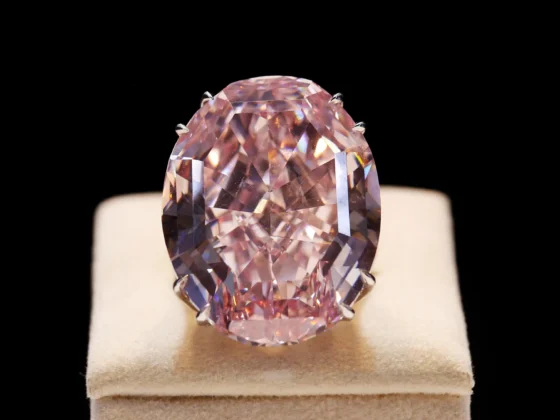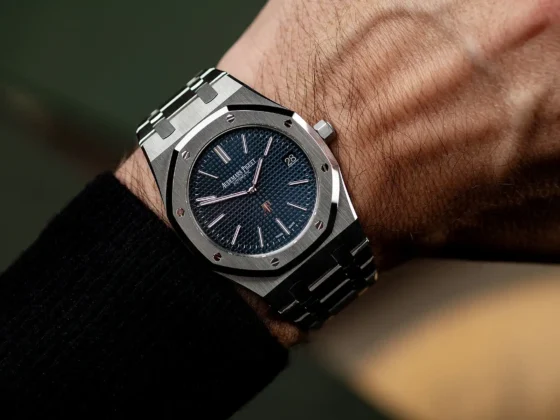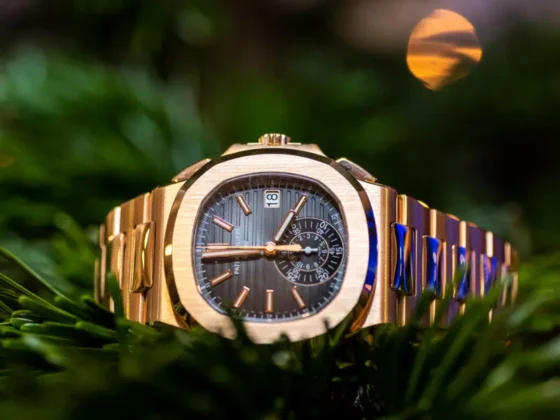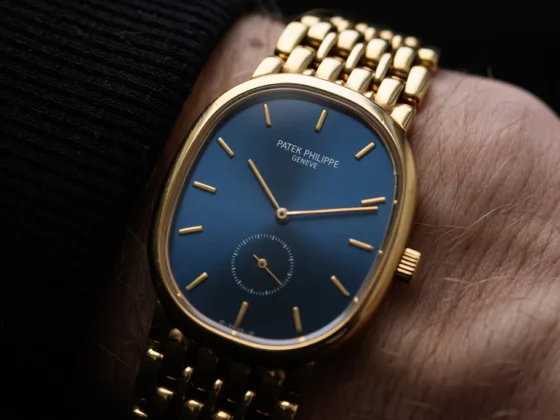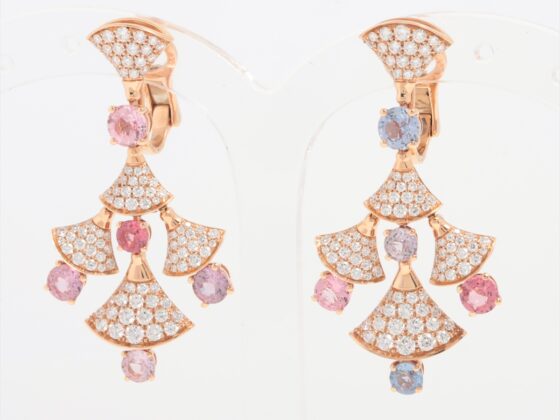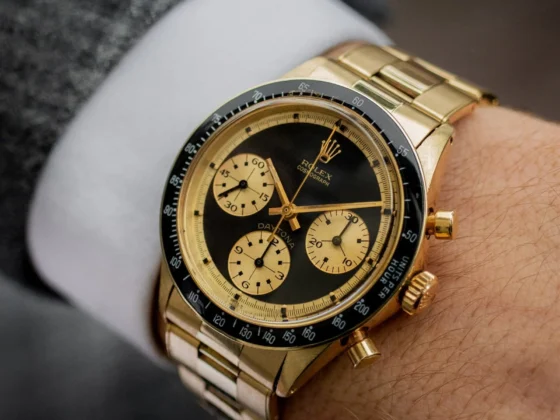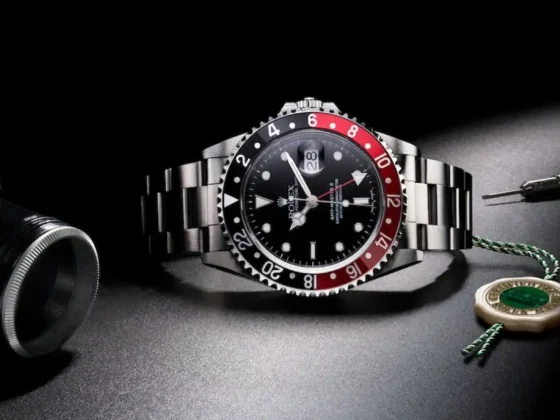Luxury jewelry and timepieces are not only symbols of elegance and personal taste but also significant investments. Whether it’s a rare vintage Rolex or a bespoke diamond necklace, preserving the value of these precious items requires meticulous care and attention. In this guide, we’ll explore how collectors and owners can maintain and protect their high-end pieces, ensuring they hold or even increase their value over time.
Understanding the Factors that Influence Value Retention
The value of luxury items like high-end watches and jewelry can fluctuate based on several factors. By understanding what influences these changes, you can take proactive steps to preserve or enhance the value of your collection.
Provenance and Authenticity
A key factor in preserving value is ensuring that your pieces have clear provenance and are accompanied by certificates of authenticity. Whether it’s a Patek Philippe watch or a Maison Designers bespoke piece of jewelry, maintaining thorough documentation of your luxury items is crucial for verifying their origin and legitimacy.
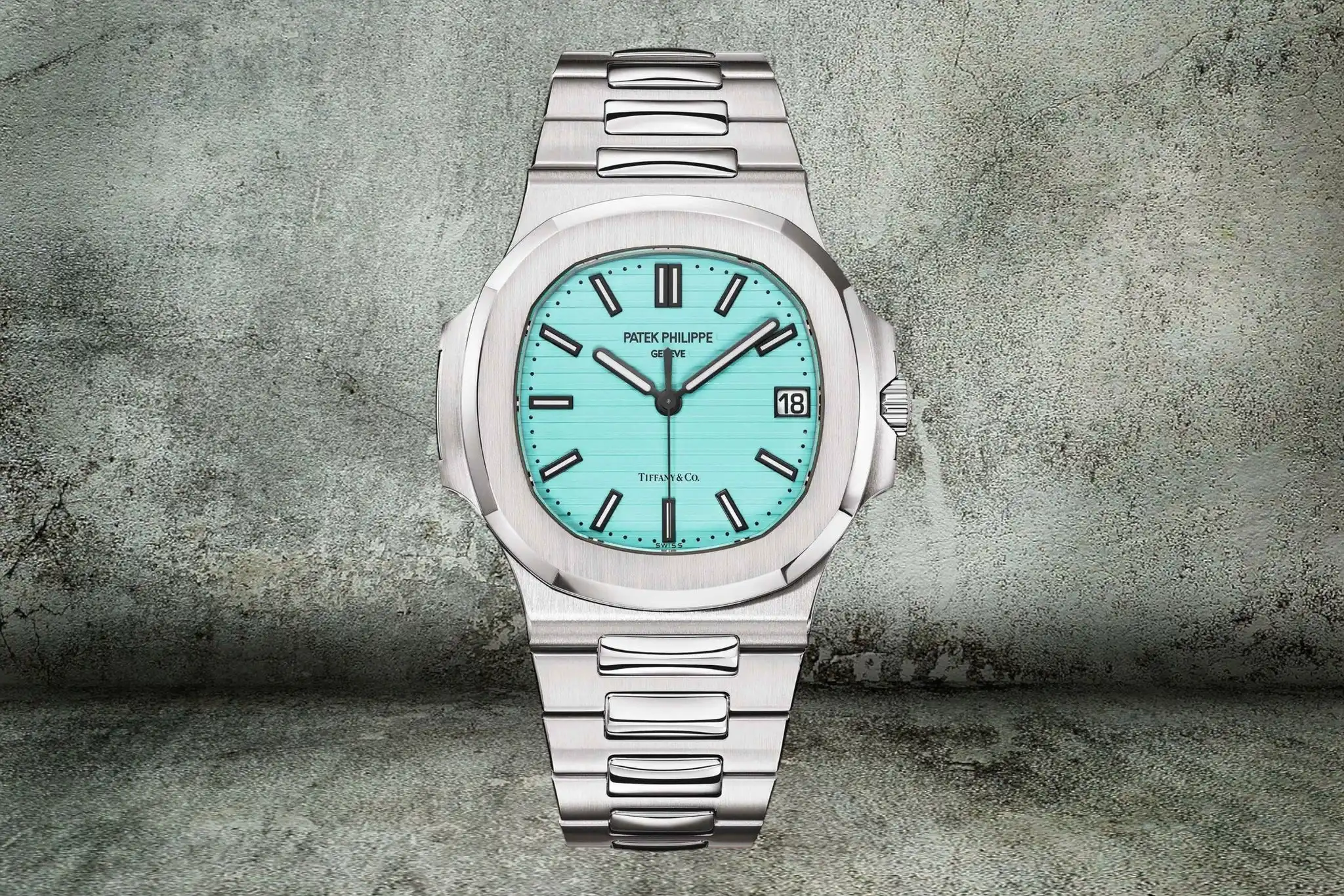
Condition and Wear
Regular wear and tear can significantly impact the resale value of high-end jewelry and watches. Minor scratches, tarnishing, or water damage can diminish their appeal to potential buyers or collectors. Proper care, storage, and occasional professional maintenance will help preserve their pristine condition.
Best Practices for Jewelry Care and Maintenance
High-end jewelry is crafted from precious metals and gemstones, and while durable, they require proper care to ensure longevity.
Storing Jewelry Correctly
One of the most common mistakes is improper storage, which can lead to scratches, tangles, or even discoloration. Store each piece in a soft-lined jewelry box or pouch, ideally separating metals and gemstones to prevent scratching or friction damage. Humidity can cause metal to tarnish, so it’s essential to keep jewelry in a dry environment.
Cleaning and Polishing
Periodic cleaning helps maintain the brilliance of gemstones and the luster of precious metals. For daily wear pieces, such as diamond rings or gold bracelets, consider using gentle cleaning solutions or professional services. Avoid harsh chemicals, as they can damage soft stones like pearls or opals.
Regular Inspections
Inspect your high-end jewelry at least once a year, preferably by a professional jeweler. Checking for loose settings, worn clasps, or chips in gemstones ensures that small issues are addressed before they become bigger (and more expensive) problems.
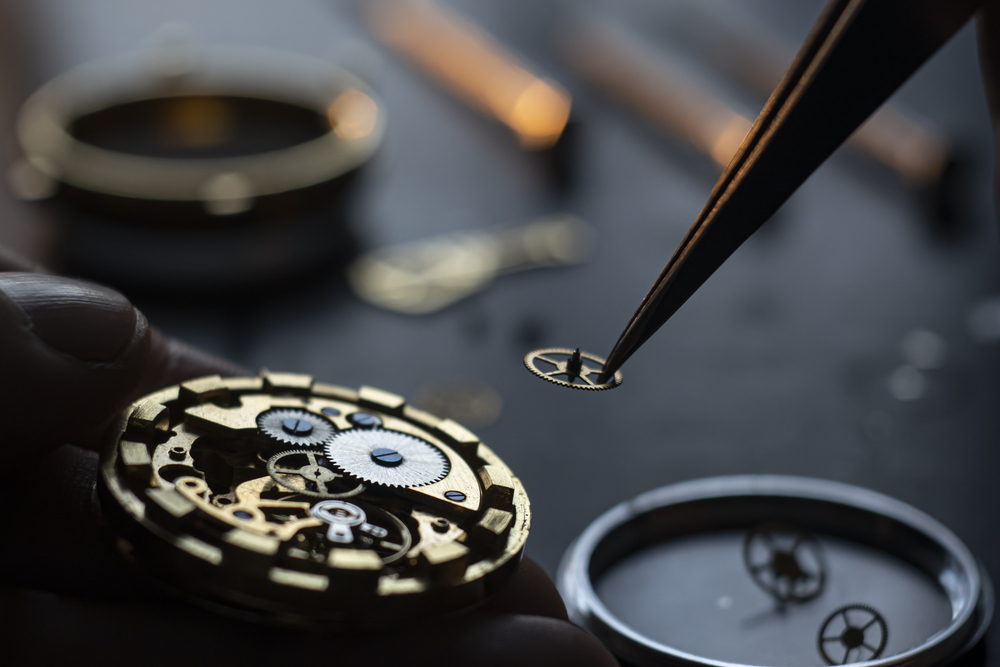
Preserving the Value of Luxury Watches
Luxury timepieces, much like fine jewelry, require specific care practices to retain their value over time.
Proper Storage for Watches
When not in use, luxury watches should be stored in a dedicated watch box or safe with temperature and humidity control. If your watch features automatic movement, using a watch winder ensures the mechanism remains in working condition when not worn.
Servicing and Maintenance
Luxury watches should be serviced regularly by an authorized dealer or watchmaker to ensure they continue running accurately and efficiently. Brands like Rolex, Audemars Piguet, and Maison Designers recommend servicing watches every five to ten years, depending on the model and its usage.
Avoiding Over-Polishing
While polishing can remove superficial scratches, excessive polishing can wear down the metal and distort the watch’s original lines and finishes. This can decrease its value, particularly for vintage or rare timepieces, where collectors prize originality.
Keeping Original Packaging and Documentation
Collectors know that original packaging, warranty cards, and certificates of authenticity can significantly affect the resale value of both watches and jewelry.
Why the Box Matters
Many buyers are willing to pay a premium for pieces that come with their original packaging. Luxury brands like Patek Philippe, Cartier, and Maison Designers are renowned for their exquisite presentation, and keeping the box in good condition enhances the overall appeal of the item when reselling or trading.
Importance of Documentation
Retain all receipts, appraisal certificates, and service records. These documents not only serve as proof of ownership but also provide a history of care, which is essential when determining value at auctions or private sales.
Insuring Your Luxury Pieces
Comprehensive insurance coverage is a crucial step in protecting the financial value of your high-end jewelry and timepieces.
Choosing the Right Insurance
Most standard home insurance policies do not cover the full value of luxury items. Consider obtaining a specialized jewelry and watch insurance policy that covers loss, theft, and accidental damage. Policies that offer full replacement value are ideal, particularly for one-of-a-kind or rare pieces.
Regular Appraisals
The market value of luxury watches and jewelry can fluctuate, so it’s essential to have your pieces reappraised every few years. This ensures that your insurance coverage reflects their current worth, protecting you from undervaluation.
Trends Affecting Future Value
While proper care and maintenance are essential, staying informed about trends in the luxury market can help you make strategic decisions about which pieces to hold onto and when to sell.
Sustainability and Ethical Craftsmanship
The growing demand for sustainably sourced materials and ethical craftsmanship is impacting the luxury market. Brands that demonstrate a commitment to environmentally friendly practices may see increased value in their pieces as consumers prioritize sustainability. Maison Designers, for example, incorporates ethically sourced gemstones into many of their collections, which can appeal to conscious collectors.
The Impact of Vintage and Rarity
Vintage pieces, particularly those that are rare or have historical significance, tend to appreciate more than newer models. If you’re building a collection, consider investing in timeless designs and limited-edition releases that are likely to gain value over time.
Conclusion
Preserving the value of your high-end jewelry and timepieces requires careful attention to their care, documentation, and market trends. By storing them properly, scheduling regular maintenance, and ensuring their provenance, you’ll not only maintain their beauty but also protect their investment potential. Whether you’re a seasoned collector or a new enthusiast, following these guidelines will help you build a collection that holds its value for generations to come.


